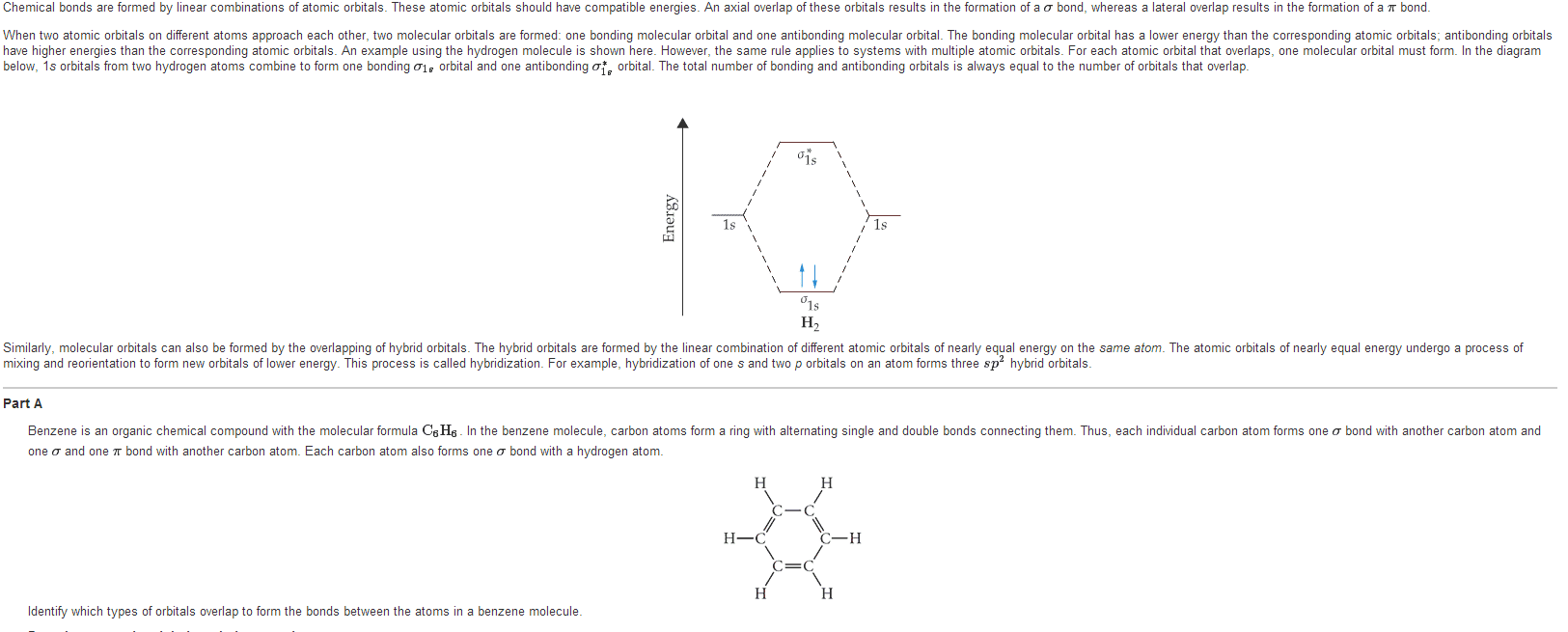CHMA11H3 Lecture Notes - Lecture 2: Stoichiometry, Paramagnetism, Linear Combination Of Atomic Orbitals

36
CHMA11H3 Full Course Notes
Verified Note
36 documents
Document Summary
Apply schr dinger"s wave equation to the molecule to calculate a set of molecular orbitals. Starts with good guesses from experience of what the orbital should look like. Then test and tweak the estimate until the energy of the orbital is minimized. In this treatment, the electrons belong to the whole molecule and therefore the orbitals belong to the whole molecule. Electron density located outside the internuclear axis. Electrons in antibonding orbitals cancel stability gained by electrons in bonding orbitals. The simplest guess starts with the atomic orbitals of the atoms adding together to make molecular orbitals. Orbitals are wave functions thus the waves combine either constructively or destructively. Crest + crest makes a super crest (attraction) Trough + trough makes a super trough (repulsion) When the wave functions combine constructively, the resulting molecular orbital has less energy than the original atomic orbitals. This is called a bonding molecular orbital. Most of the electron density between the nuclei.




